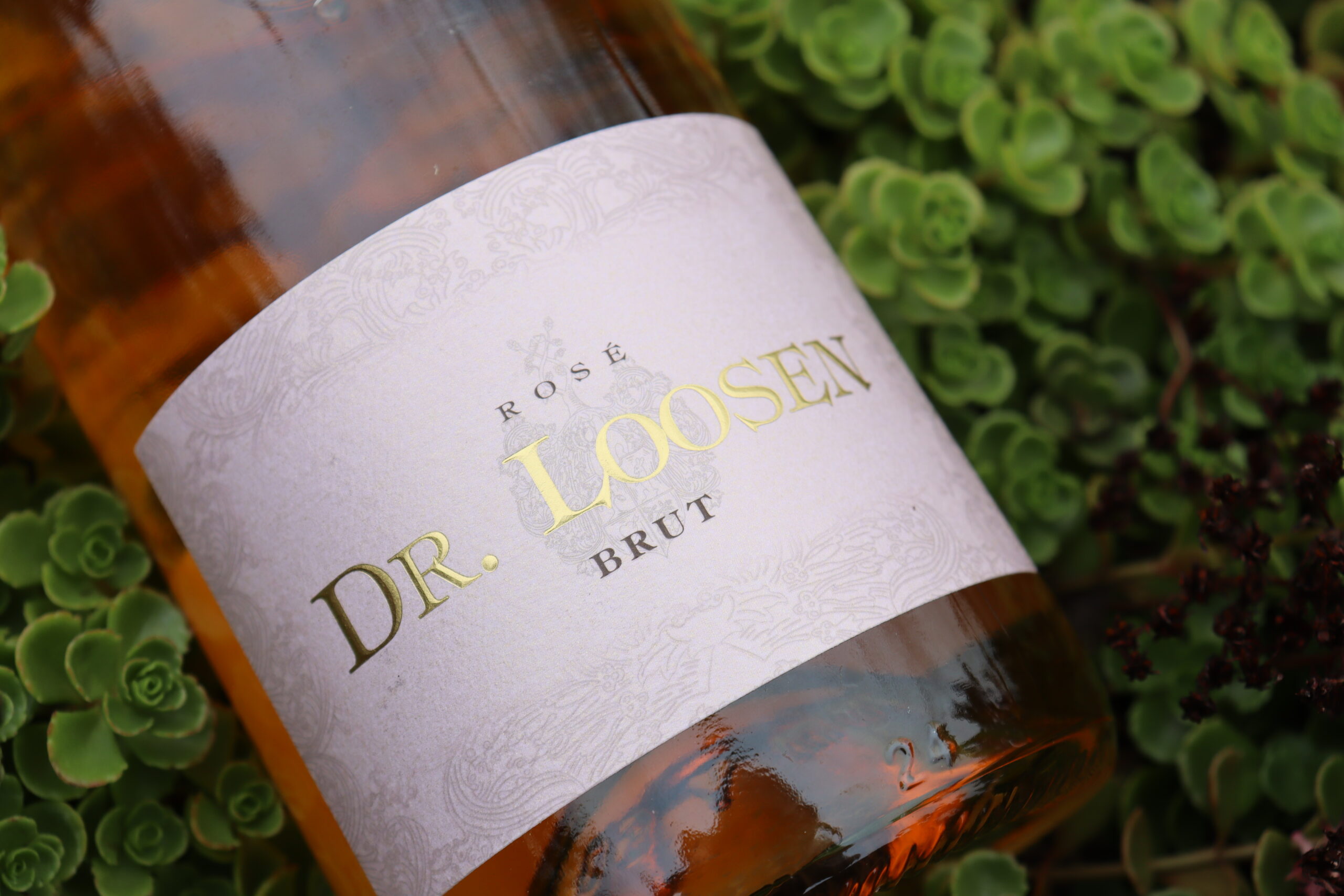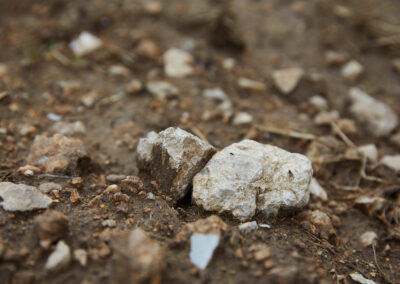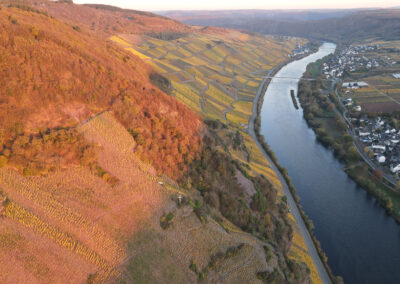Roses are red, Rosés are pink, but what makes up this magical drink? The world of Rosé is vast and diverse. Explore this guide to learn more about the different styles of Rosé and the delicious wines we have in our portfolio.
Rosé dominates the wine market, especially during the years 2015–2020, when the category experienced 118% growth whereas the wine category overall only grew 1.5% over the same period. This growth has been driven by Millennial and Gen Z consumers seen specifically on social media because a glass of Rosé is so picture worthy. There are many ways to achieve that beautiful blush color, from grape variety to maceration method.
What Varieties are Used to Make Rosé Wine?
Practically every red grape variety is used to make Rosé wine, but some of the most popular options include Grenache, Syrah, Tempranillo, Pinot Noir, Sangiovese, and Zinfandel. The type of grape used may indicate the style of Rosé. The wine can range from dry to sweet; dry Rosé is the most common style produced today and is often a blend of two to three different grape varieties (like Sangiovese, Tempranillo, Grenache, and Pinot Noir). Sweet Rosés exist on the opposite side of the spectrum and are produced by not fermenting all the sugar into alcohol. Take a look at the Rosés in our portfolio!




How is Rosé Made?
After the grapes have been harvested, it’s time to get into the winemaking. Rosé wine production begins like white wine production, with the addition of maceration time. Maceration is when pressed grapes sit in their skins and develop the juice’s color. This lasts throughout the fermentation process when making red wine, whereas Rosé maceration lasts anywhere from a few hours to 24 hours. This is the method we use for all of our Rosés, although maceration time is usually only four to six hours.
Another maceration technique known as the “Vin Gris Method” is typically used for lighter red wine grape varieties like Pinot Noir and Gamay. This technique uses very short maceration times and results in lighter colors of Rosé. Yet another method to making Rosé is the “Saignée Method” where Rosé is the byproduct of red winemaking. During this process, a small portion of the juice is bled off and there is a higher ratio of skin contact on the juice making for a very concentrated red wine in flavor and color. The bled wine, or “Saignée,” is what becomes Rosé.
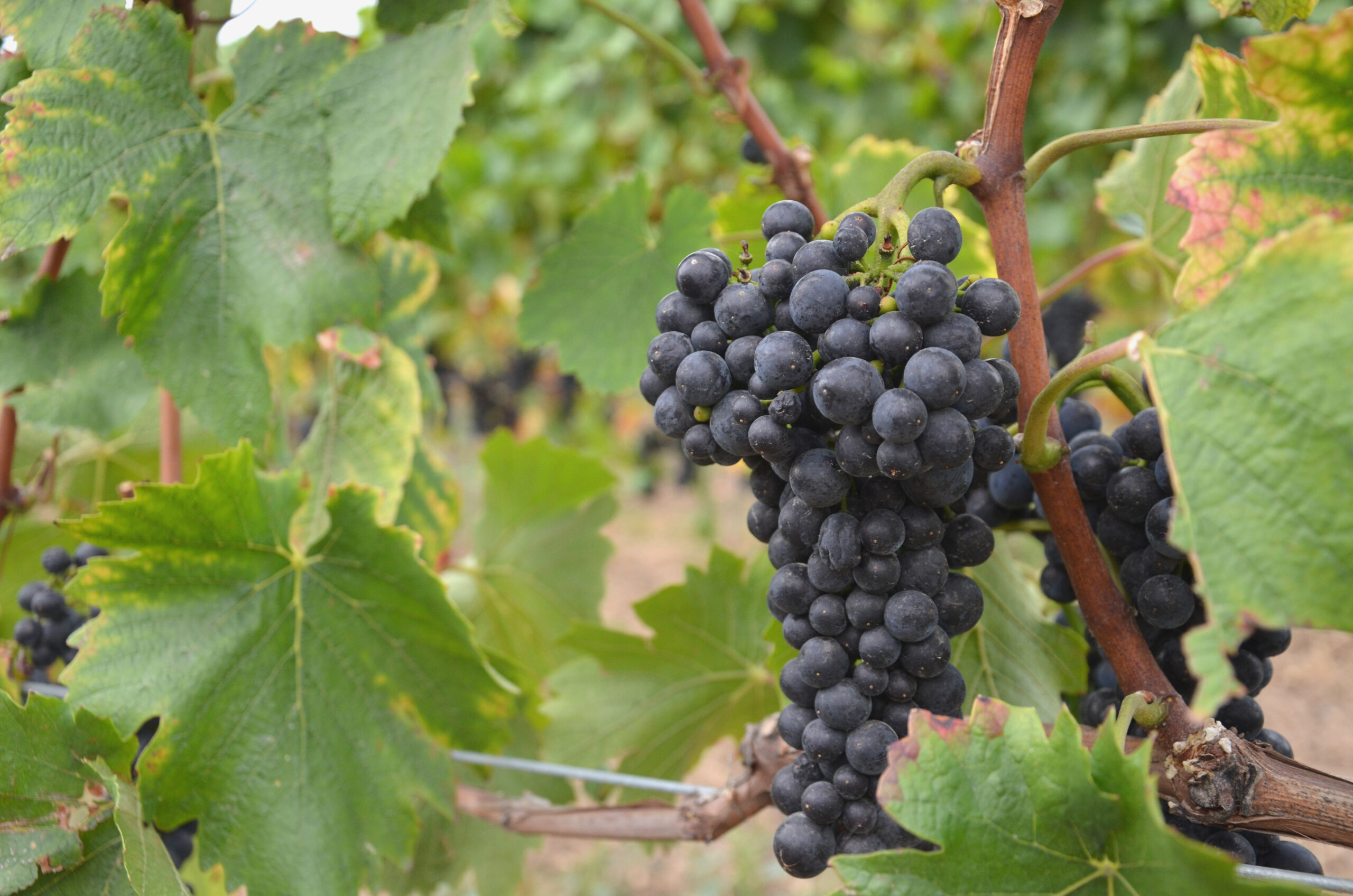
Villa Wolf Pinot Noir cluster ready to be harvested and made into Rosé
The increased popularity Rosé has experienced in the last few years is quite remarkable. What was once considered a summer drink to be enjoyed on the patio, has evolved into a serious wine category that demands attention and respect. The various styles of Rosé and grape varieties that can be used to make it means there are countless wines to treat your palate to.

